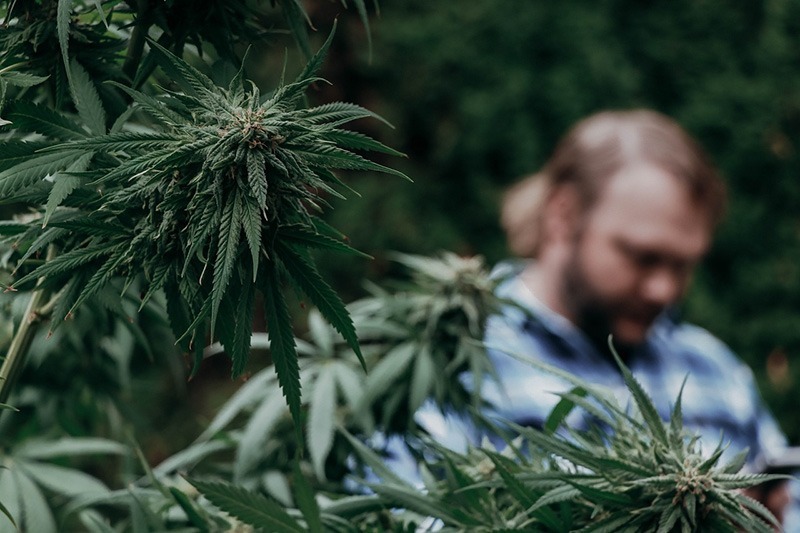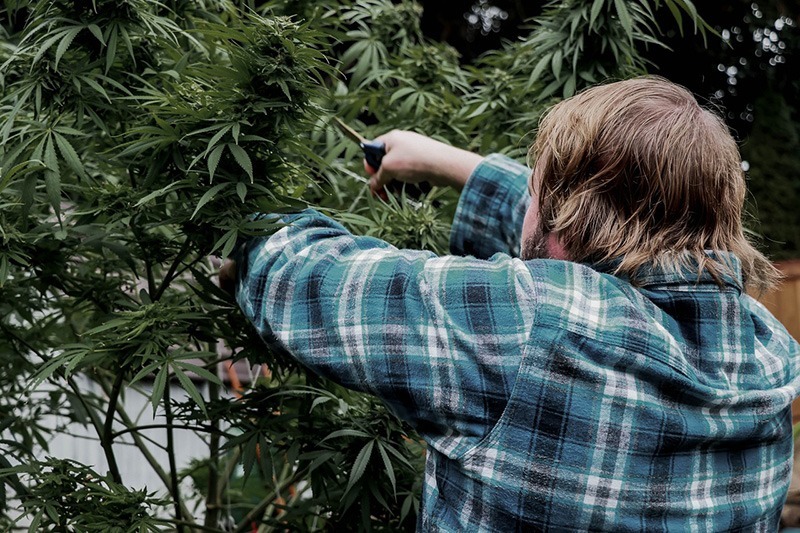Table of Contents
 One of the most beneficial things an indoor cannabis producer can do for their garden is to use a training strategy. Sure, you can find the best weed seeds for indoor growing but you can do a little more to make them truly thrive. Growers now have greater control over their gardens and produce more yields than ever before. You can also gain from one of the training strategies whether you are a newbie grower or a seasoned one.
One of the most beneficial things an indoor cannabis producer can do for their garden is to use a training strategy. Sure, you can find the best weed seeds for indoor growing but you can do a little more to make them truly thrive. Growers now have greater control over their gardens and produce more yields than ever before. You can also gain from one of the training strategies whether you are a newbie grower or a seasoned one.
Importance of using Cannabis Training Methods
Cannabis growers use training strategies all over the world to influence and promote the development of their plants. This contributes to stronger, bushier crops with a higher yield. Even though it can appear intimidating, training techniques are simple to grasp and can benefit even inexperienced growers. Training your plants is one of the simplest – and most natural – strategies to improve your ultimate produce.
There is a training approach for your garden, whether you are training plants to fit into a smaller space or just training them to give a large number of buds. Naturally, this eliminates the need for chemicals to achieve the same benefits. So, put on your gardening gloves and attempt one of these cannabis training methods:
Cannabis Training – Super cropping
Super cropping is a more severe method of plant training that involves horizontally bending the vegetative stems to expose the lower buds to more light. This can be classified as a high-stress training approach. Growers use this technique to gently compress the plant stem, making it simpler to bend.
Remember that you are not attempting to shatter or damage the external plant tissue totally. You’re squeezing the interior, making it easier to bend and tie it down. Don’t be concerned since the plant can recuperate by forming new tissue and resuming growth in this horizontal direction.
Cannabis Training – SOG
The Sea of Green method shortens the time a cannabis plant spends vegetating and blooming. This results in quicker yields; however, the Sea of Green also promotes larger harvests. As a result, Sea of Green can assist in increasing production in a short amount of growing space. First, plants are driven to blossom sooner than they would normally do.
This results in shorter plants with better access to light. Therefore, the canopy of buds is completely exposed to the light source. Increasing light on the buds’ surface area promotes larger buds’ growth. Because the vegetation time is drastically reduced, a farmer can harvest considerably sooner than usual while using SOG.
Low-stress training (LST)
Low-stress training (LST) includes bending and tying down plant stems for optimal output and light exposure for a specific location on the cannabis plant, as opposed to allowing your plant to grow vertically with no constraints. Low stress refers to modifying stem development without pursuing a more high-stress training strategy, such as excessive bending, breaking, or cutting off the main stem or side branches. LST is commonly used in combination with the ScrOG technique and should begin during the plant’s vegetative stage before the stems become rigid and unyielding.
Cannabis Training – Lollipopping
Reducing development from the plant’s bottom half, resulting in a lollipop-shaped plant, redirects more energy to the higher, cola-producing branches. Since the lower branches can’t get much light in the first place, this strategy eliminates them, pushing the plant to concentrate on cola growth. Lollipopping facilitates optimal production in SCROG, and other indoor cannabis grows, allowing little light to the lowest branches.
Cannabis Training – Topping
Topping cannabis plants is a method of encouraging new growth and the creation of different branches, essentially increasing your plants’ yield. It is performed by cutting the growth point of the plant’s main stem, which is located at the very top of the plant, resulting in the formation of several colas rather than just one. Also, topping a plant should be done at a 45-degree angle.
Topping plants in this manner inhibits the plant’s vertical development, allowing lower bud sites to catch up to the top growth on the main stem. Cultivators can use topping frequently to increase yields, topping dominating growth tips many times to transform one growth tip into two, two into four, and so forth.
Cannabis Training – Fimming
The FIM technique (or fimming) is similar to topping cannabis, including cutting the primary tip. Nevertheless, fimming takes most of a blossoming tip rather than totally cutting it at a 45-degree angle. The goal is to stimulate new development by creating several colas instead of one primary cola. Fimming, caused by improperly topping the plant (thus the acronym FIM), can result in an uneven canopy since it is impossible to manage the number of new growth sites.
Cannabis Training – Defoliation
Defoliation is the removal of plant leaves during the vegetative stage, particularly big fan leaves. To increase bud growth, some gardeners prefer to defoliate throughout the first month of flowering. Growers can defoliate cannabis plants shortly before the flowering stage and several times throughout the transitional period when the blooming plant nearly doubles in height. Defoliating the flowering plants allows the forming buds sites to receive enough air and light to grow into enormous, dense buds.
Using the proper techniques at the appropriate times will help you enhance yields, regulate the canopy, and teach you to be more hands-on with your cannabis plants. Understanding how durable and resistant to training your plants are is one method to become acquainted with specific cultivars, and patience is essential for enabling the plants to heal and recover fully. Note that your plant can react differently to various training procedures, so ensure you understand how to Scrog or top marijuana plants before you begin to prevent damaging your crop. Basically all marijuana plants can benefit from training, even superb specimens like the Animal Face strain!
Further Reading:
The Art of Pruning Cannabis Plants in 2023
What Are Hybrid Cannabis Strains?
How Is Good Commercial Cannabis Grown?






